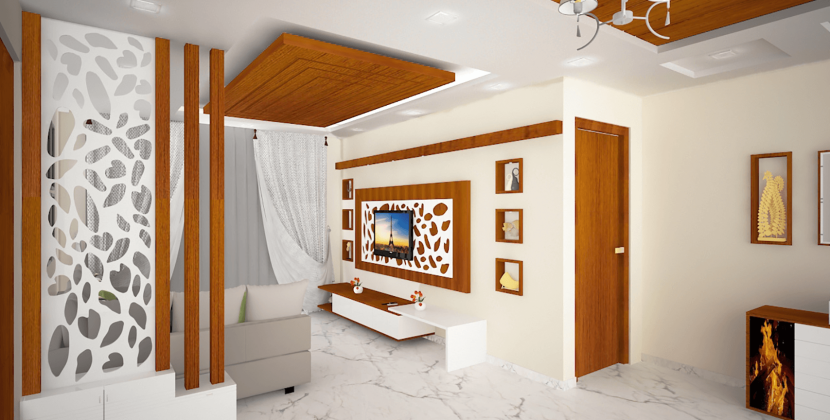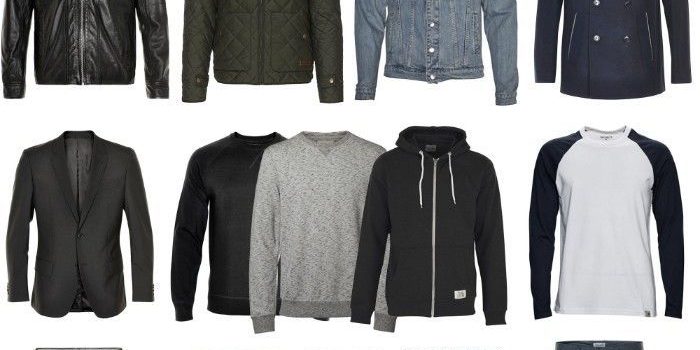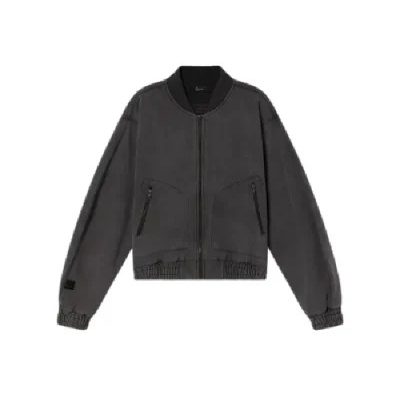
Developing a strong dressing sense is more than just following the latest fashion trends. It’s about understanding your style, body type, and the image you want to project. Dressing well can boost your confidence, improve first impressions, and even open up new opportunities. This guide will provide you with the knowledge and tips you need to refine your dressing sense and create a wardrobe that reflects your personality and lifestyle.
Understanding Dressing Sense
Dressing sense refers to the ability to choose and coordinate clothes and accessories that enhance your appearance. It involves understanding colors, patterns, fabrics, and how they work together to create a cohesive look.
Importance of a Good Dressing Sense
Having a good dressing sense is crucial because it affects how others perceive you and how you feel about yourself. It can influence your professional and personal relationships and contribute to your overall success and happiness.
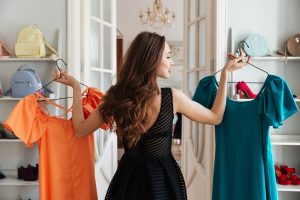
Assessing Your Current Style
Take a look at your current wardrobe and identify the pieces you wear most often. Consider why you prefer these items and how they make you feel. This self-assessment will help you understand your current style and identify areas for improvement.
Seeking Feedback
Ask friends or family members for their honest opinions about your style. Sometimes, an outside perspective can provide valuable insights and help you see yourself in a new light.
Building a Strong Foundation
Understanding Your Body Type
Knowing your body type is essential for dressing well. Different styles and cuts flatter different body shapes. Whether you’re pear-shaped, apple-shaped, hourglass, or rectangular, there are specific guidelines to help you choose the best clothes for your figure.
Color Theory
Understanding color theory can significantly enhance your dressing sense. Learn about complementary colors, color seasons, and how different colors affect your mood and appearance.
Wardrobe Essentials
Every wardrobe should include a few timeless essentials that can be mixed and matched with other pieces. These might include a well-fitting pair of jeans, a classic white shirt, a versatile blazer, and comfortable shoes.
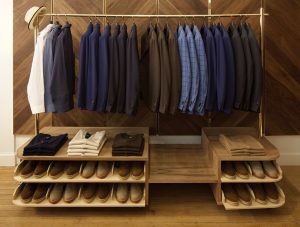
Developing Your Personal Style
Look for style inspiration in fashion magazines, blogs, social media, and on the streets. Pay attention to the styles that resonate with you and think about how you can incorporate them into your wardrobe.
Experimenting with Styles
Don’t be afraid to experiment with different styles to find what works best for you. Try new colors, patterns, and combinations to see what makes you feel most confident and comfortable.Before diving into the world of fashion trends, take some time to define your personal style. Are you drawn to classic pieces, or do you prefer edgy, avant-garde looks? Understanding your preferences will serve as a foundation for building your wardrobe.
Shopping Smart
Quality Over Quantity
Invest in high-quality pieces that will last longer and look better than cheaper, fast-fashion items. Quality clothing often fits better and feels more comfortable.
Budgeting for Clothes
Set a budget for your clothing expenses and stick to it. Prioritize essential pieces and plan your purchases to avoid impulse buying.
Shopping Tips
When shopping, take your time to try on different sizes and styles. Don’t be swayed by sales or trends; focus on finding pieces that enhance your style and fit well.
Maintaining Your Wardrobe
Organizing Your Closet
Keep your closet organized to make it easier to see and access your clothes. This will help you make better outfit choices and take better care of your clothing.
Caring for Your Clothes
Properly caring for your clothes will extend their lifespan and keep them looking their best. Follow the care instructions on labels and invest in good hangers, storage solutions, and a reliable laundry routine.
Dressing for Different Occasions
Casual Wear
Casual wear should be comfortable yet stylish. Focus on well-fitting jeans, casual shirts, and practical shoes that suit your lifestyle.
Business Attire
Business attire should be professional and polished. Invest in well-fitted suits, blouses, and dress shoes that project confidence and competence.
Formal Events
For formal events, choose elegant and sophisticated outfits. Men might opt for a tuxedo, while women might choose a cocktail dress or evening gown.
Special Occasions
Special occasions allow for more creative and expressive outfits. Think about the theme and setting of the event and choose an outfit that reflects the celebration.
Accessorizing
Importance of Accessories
Accessories can elevate an outfit and add a personal touch. Choose accessories that complement your style and the occasion.
Types of Accessories
Common accessories include jewelry, watches, belts, hats, scarves, and bags. Each can add a different element to your outfit and enhance your overall look.
Choosing the Right Accessories
When choosing accessories, consider the colors, patterns, and textures of your outfit. Aim for a balanced look that isn’t overwhelmed by too many accessories.
Staying Updated with Fashion Trends
Following Fashion Trends
Stay updated with the latest fashion trends by following fashion magazines, blogs, and social media influencers. However, be selective about which trends to follow; not every trend will suit your style.
Adapting Trends to Your Style
When incorporating trends into your wardrobe, choose those that align with your personal style and body type. This will help you stay fashionable while remaining true to yourself.
Sustainable Fashion
Importance of Sustainable Fashion
Sustainable fashion is about making clothing choices that are environmentally friendly and socially responsible. This includes choosing eco-friendly fabrics, supporting ethical brands, and reducing waste.
Building a Sustainable Wardrobe
Start building a sustainable wardrobe by buying fewer, higher-quality pieces, choosing second-hand items, and recycling or donating clothes you no longer wear.
Sustainable Fashion Brands
Research and support sustainable fashion brands that prioritize ethical practices and environmental sustainability. These brands often offer stylish and high-quality clothing options.
Personal Stories and Case Studies
Real-Life Transformations
Read about individuals who have successfully transformed their dressing sense. These stories can provide inspiration and practical tips for your own style journey.
Expert Insights
Fashion experts and stylists often share valuable advice on developing a strong dressing sense. Seek out their insights to enhance your understanding of fashion and style.
How can I find my personal style?
Finding your personal style involves understanding your preferences, experimenting with different looks, and finding inspiration from various sources. Take your time and be open to trying new things.
What are wardrobe essentials?
Wardrobe essentials are timeless pieces that can be mixed and matched with other items in your wardrobe. Examples include a classic white shirt, a pair of well-fitting jeans, a versatile blazer, and comfortable shoes.
How can I dress for my body type?
Dressing for your body type involves understanding which styles and cuts flatter your figure. For example, if you have an hourglass shape, you might choose clothes that highlight your waist.
What is sustainable fashion?
Sustainable fashion focuses on making clothing choices that are environmentally friendly and socially responsible. This includes choosing eco-friendly fabrics, supporting ethical brands, and reducing waste.
How often should I update my wardrobe?
Updating your wardrobe depends on your lifestyle and preferences. Focus on adding high-quality, timeless pieces rather than frequently buying new, trendy items.
How can I improve my dressing sense on a budget?
Improving your dressing sense on a budget involves prioritizing quality over quantity, shopping second-hand, and focusing on versatile pieces that can be mixed and matched.
Conclusion:
Developing a strong dressing sense is a journey that involves understanding your body, personal style, and the principles of fashion. By following the tips and advice in this guide, you can create a wardrobe that makes you feel confident and stylish every day. Remember, fashion is not just about looking good; it’s about expressing yourself and feeling great.

